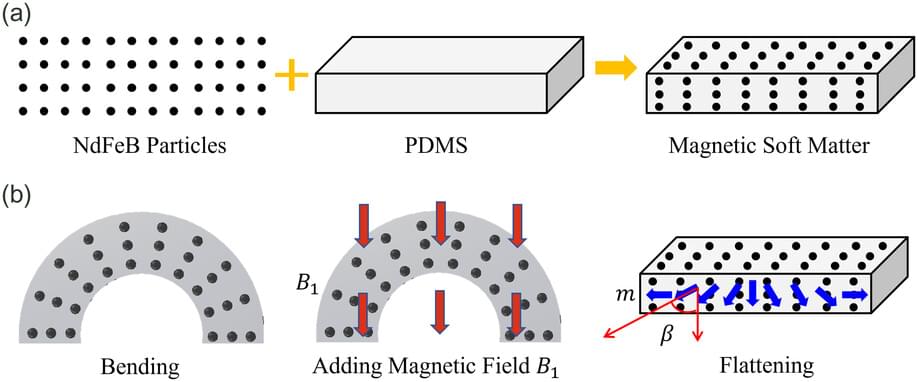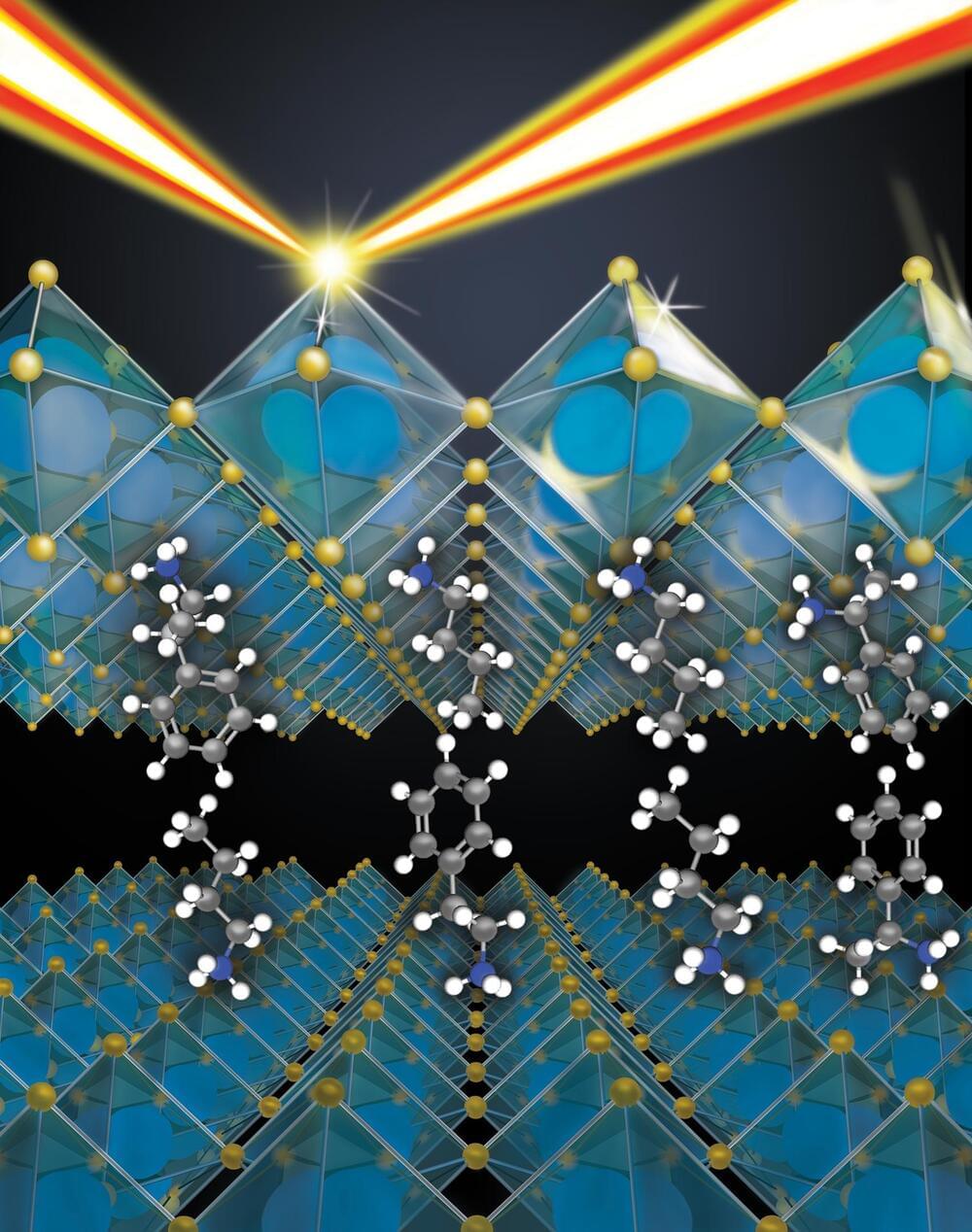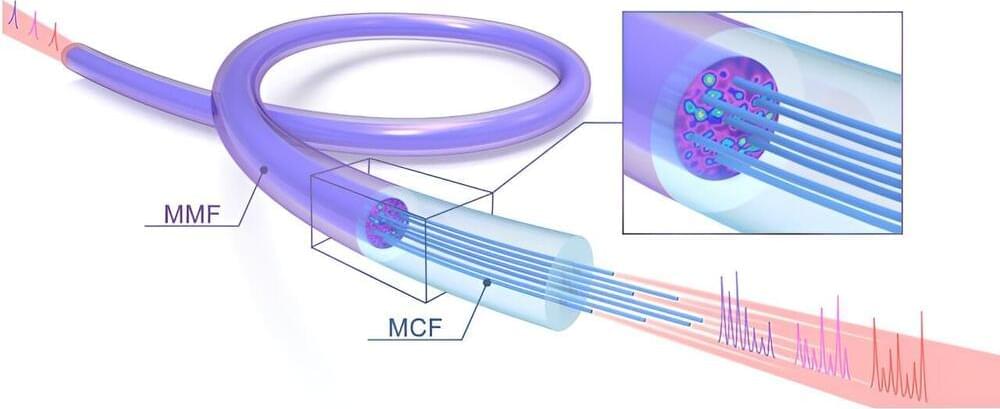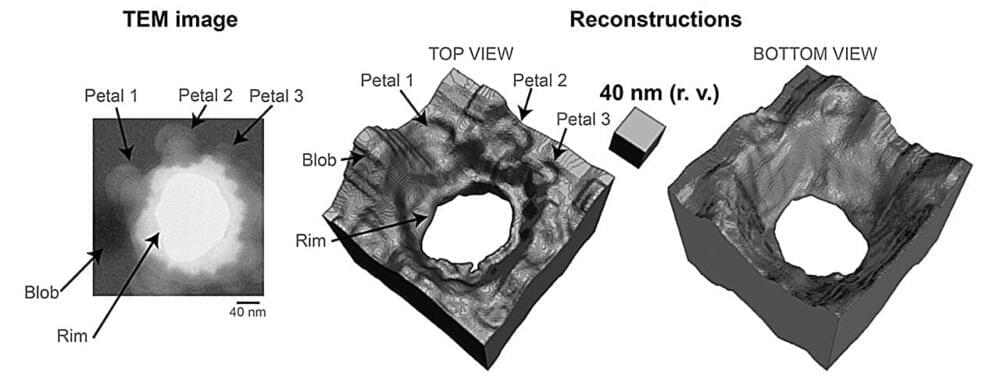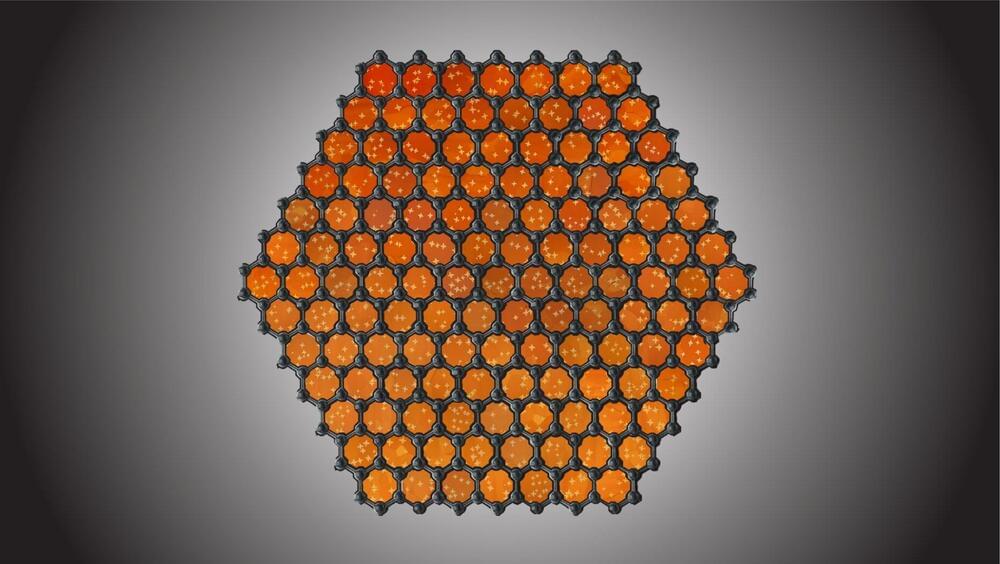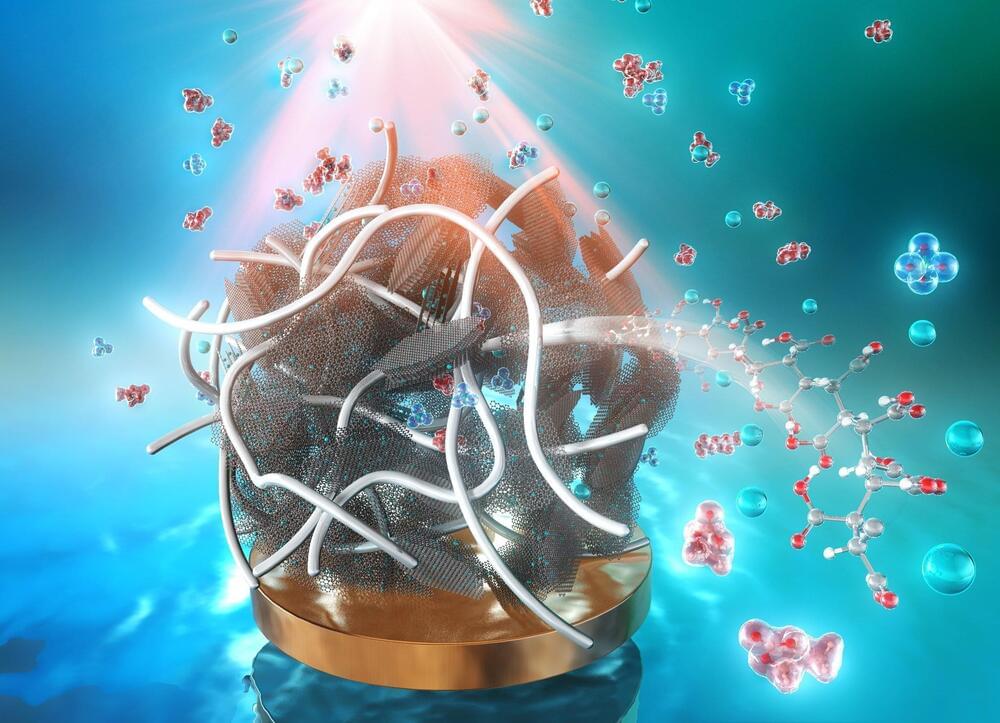In the last year, two independent groups have observed electrons behaving like quasiparticles with fractional amounts of charge, like –²⁄₃ and –³⁄₅, without the influence of a magnetic field.
In the 127 years since the electron was discovered, it has undergone more scrutiny than perhaps any other particle. As a result, its properties are not just well known, but rote, textbook material: Electrons have a smidgen of mass and negative electric charge. In a conductor, they swim relatively unimpeded as a current; in an insulator, they barely move.
Over time, caveats have cropped up. Under an intense magnetic field, for example, electrons can lose their individual identities and form “quasiparticles”: collective entities, like the shape formed by a school of fish. But even these collective states have been well cataloged.

